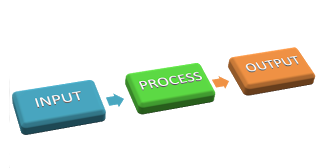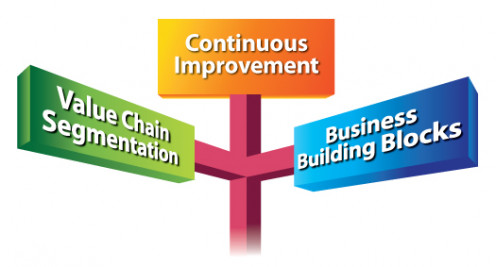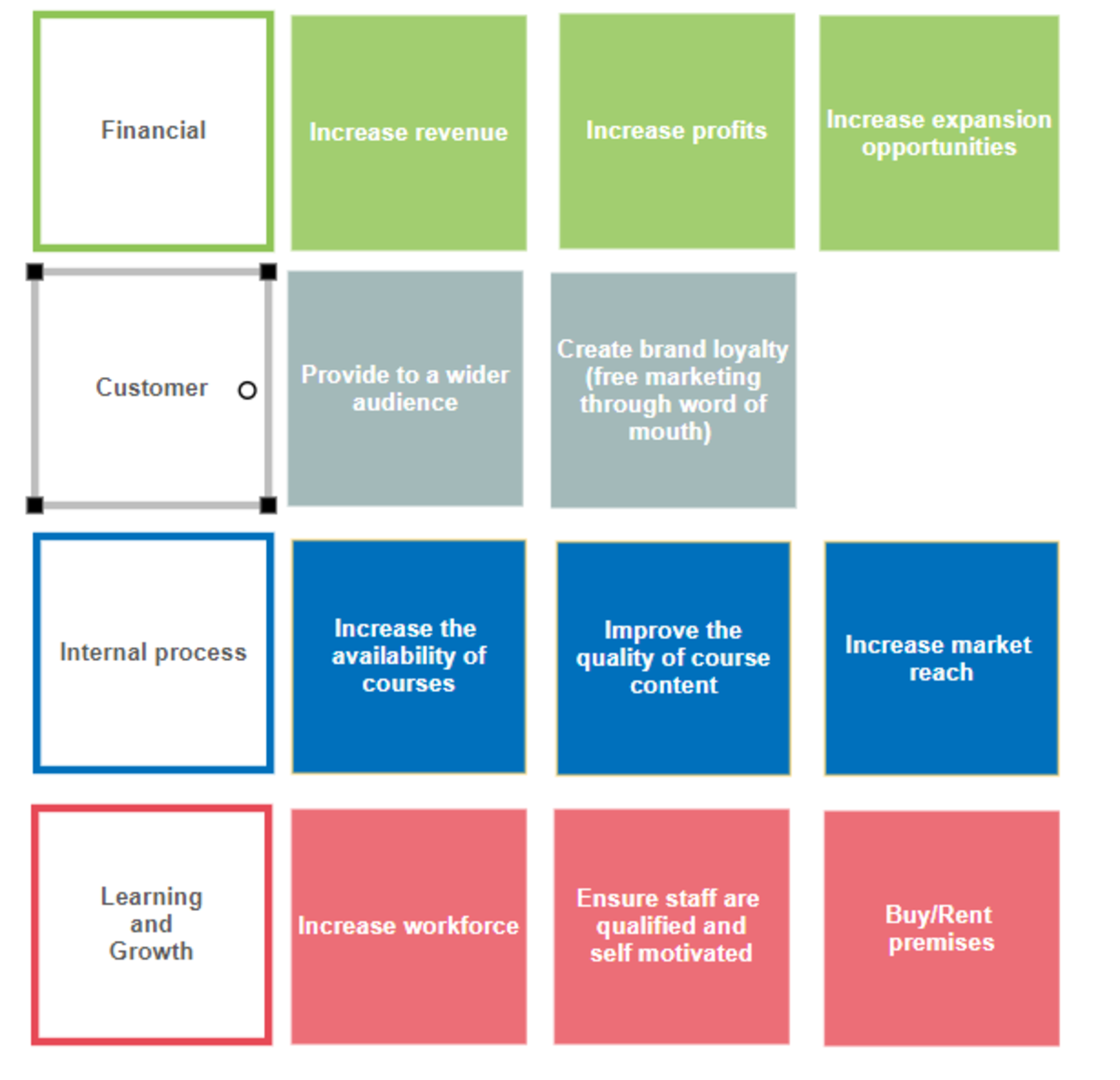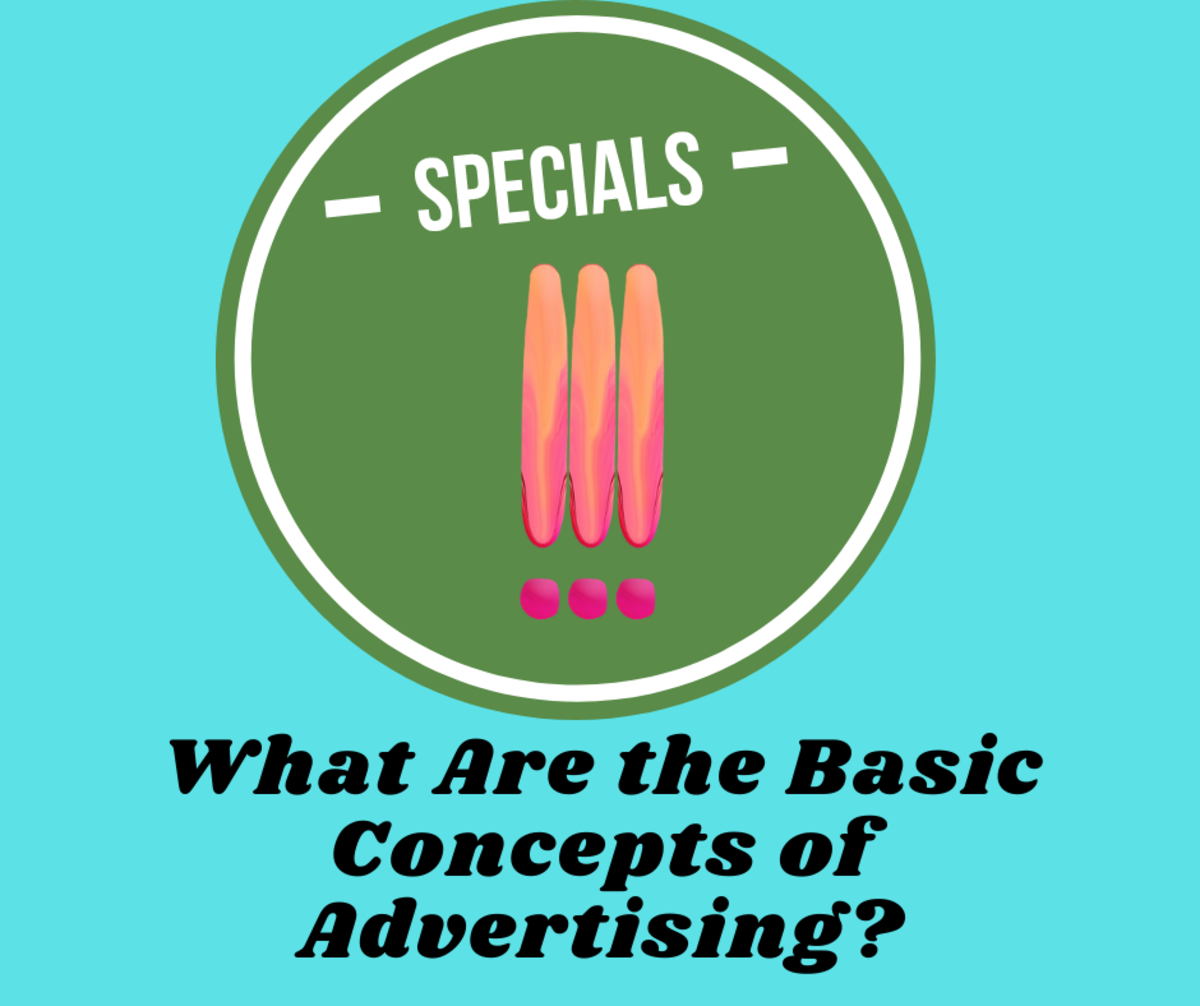Operations: Understanding Inputs and Outputs

by Amber Maccione
Companies develop mission statements and goals to give their business a purpose. That purpose is developed through an operational system, which combines people, objects, and procedures so that the company can operate within its environment (Meredith & Shafer, 2013). These people, objects, and procedures transform inputs into outputs based on the mission statement and goals crafted by the company (Meredith & Shafer, 2013). In doing this, the company adds value to the business by using the inputs to deliver the outputs the consumer desires (Meredith & Shafer, 2013). The whole production system, starting with the company’s mission statement and goals to its outputs includes six specific areas: environment, strategy, inputs, transformation process, outputs, and control, which all work together to create a purpose to the company and a value of the company to the consumer (Meredith & Shafer, 2013).
Production System
Environment
There are three types of environments that affect the operations system: macroenvironment, competitive environment, and internal environment (Bateman & Snell, 2013). The macroenvironment includes the economy, technology, legal and regulations, demographics, social issues, and natural ecology (Bateman & Snell, 2013). The competitive environment includes rivals, suppliers, buyers, new entrants, and substitutes and complements (Bateman & Snell, 2013). The internal environment includes culture, values, and climate of the company (Bateman & Snell, 2013). It is important for a company to understand their environment so that it can grow and develop it inputs and outputs to fulfill its mission, reach its goals, and satisfy its consumers.
Strategy
The environment helps the company understand what inputs and outputs are needed, but a strategy helps the company work towards those things. A strategy consists of four things: customer value, mission statement, frameworks, and core capabilities (Meredith & Shafer, 2013). The mission statement tells the consumer what the company is about and the framework is what helps the company execute that mission (Meredith & Shafer, 2013). A company can only execute its mission to the best of its capabilities. Based on those three things, the consumer or customer decides whether the company is of value of not to them.
Inputs
The strategy helps to put together the inputs: capital, materials, equipment, facilities, suppliers, labor, knowledge, and time (Meredith & Shafer, 2013). A simple way of putting this is inputs are what the company puts into itself in order to be able to produce an output or offer a service to a consumer.

Transformation Process
Inputs are only valuable if they are able to be used to create the output. There are four main ways inputs are given value: alter, transport, store, and inspect (Meredith & Shafer, 2013). These are called the transformation process, and a company can use a mix of all of them (Meredith & Shafer, 2013). Altering an input can produce a better product or a different product such as bringing my pants to the dry cleaners where they alter my pants so that they fit better. Another example would be bringing in my old computer to have it refurbished, creating a semi-new computer that has all the issues worked out of it. Transport is having something brought to us or taken from us, such as a moving company packing out things and moving it to another location, even if it is across states. It could also be the UPS man delivering your package. The third type of transformation is store, which is a place that keeps things for you, such as a storage unit or a daycare. The last type is inspect. This is where something is looked over to ensure that something is safe or at the value you want it to be, such as a code inspector.
Outputs
Outputs are what come out of the transformation process. The inputs are given value, which in turn create an output – something that the consumer wants or needs to have or have done for them (Meredith & Shafer, 2013). Outputs can be services or products, but both are something the consumer receives from the company.
Control
The control part of the production system is how mistakes are seen and then analyzed to be fixed. The transformation process and the outputs are what help a company know what is needed in order to control. Control consists of measuring results, comparing results, developing improvement plans, and implementing improvement plans (Meredith & Shafer, 2013).
All six of these things (environment, strategy, inputs, transformation process, outputs, and control) work together to create a successful company that consumers will come back to. If one fails to operate, then the system fails as well.
Value
One of the things that helps to ensure operations do not fail is quality. Part of the strategy process involves customer value. One cannot have customer value if one does not produce quality products or services. Quality products and services cannot be rendered if the inputs of the company are not organized to be transformed into the outputs for the consumer. Value is given to the inputs through the transformation process and then into the outputs, which the consumer determines if it is quality worth coming back to, which in turn creates the customer value of the company. If there is something that doesn’t suit the consumer and causes them to not value the company as much, then the company needs to reflect and determine a plan that will fix the issue and win back the consumer. Value of the inputs is only as good as the company understanding its mission, what it aims to do for the consumer.
Marketing Services
Products verses Services
Through the inputs being transformed, outputs are produced: products and/or services for the consumer. Products are things, which are tangible and can be touched, counted, measured, and stored (Finch, 2008). A consumer who is purchasing a product does not care about how the product came to be; the consumer solely cares about the quality (Finch, 2008). If the quality of the product is good, the consumer is happy and will continue to come back to that company for that product.
Services, on the other hand, are intangible (Finch, 2008). These are tasks, which are done for or done to the consumer (Finch, 2008). The consumer is actually part of the process, therefore, does care about the production because the process is important to the outcome (Finch, 2008). With services, quality only known after the service has been rendered, and the consumer gives his or her feedback (Finch, 2008). If the consumer is dissatisfied, then the consumer may not come back to this company to receive this service again unless the company can fix the issue and ensure that the service will be of better quality next time.
Conclusion
A company creates a mission, a purpose for its existence. Through that, it identifies its inputs, which are organized into certain transformation processes that create outputs, products and/or services, for the consumer. Understanding the environment the company resides in and produces for helps the company understand what value it can be to the consumer. Through quality of product, the company can gain the customer’s respect, which in turn, adds value to the company. Without the mission statement, the company could not develop and grow its inputs. Without understanding the environment, the company could not create a mission statement that would guide them into giving value to their inputs so quality outputs are produced. Within the operations system, everything relies upon each other for success to happen. Understanding each part and how interconnected they are, will help a company manage itself to success.
References
Bateman, T. S. & Snell, S. A. (2013). Management: Leading and collaborating in the competitive world (10th ed.). New York: McGraw-Hill/Irwin.
Finch, B. J. (2008). “Business Outputs: Products and Services.” Operations Now: Supply Chain Profitability and Performance (3rd ed.). Burr Ridge: McGraw-Hill Higher Education. Retrieved from http://highered.mheducation.com/sites/0073124494/student_view0/ebook/chapter1/chbody1/business_outputs__products_and_services.html
Meredith, J. R. & Shafer, S. M. (2013). Operations management for MBAs, (5th ed.). Hoboken, NJ: Wiley.
Copyright © 2015 http://ambercita04.hubpages.com/ All Rights Reserved
© 2015 Amber








